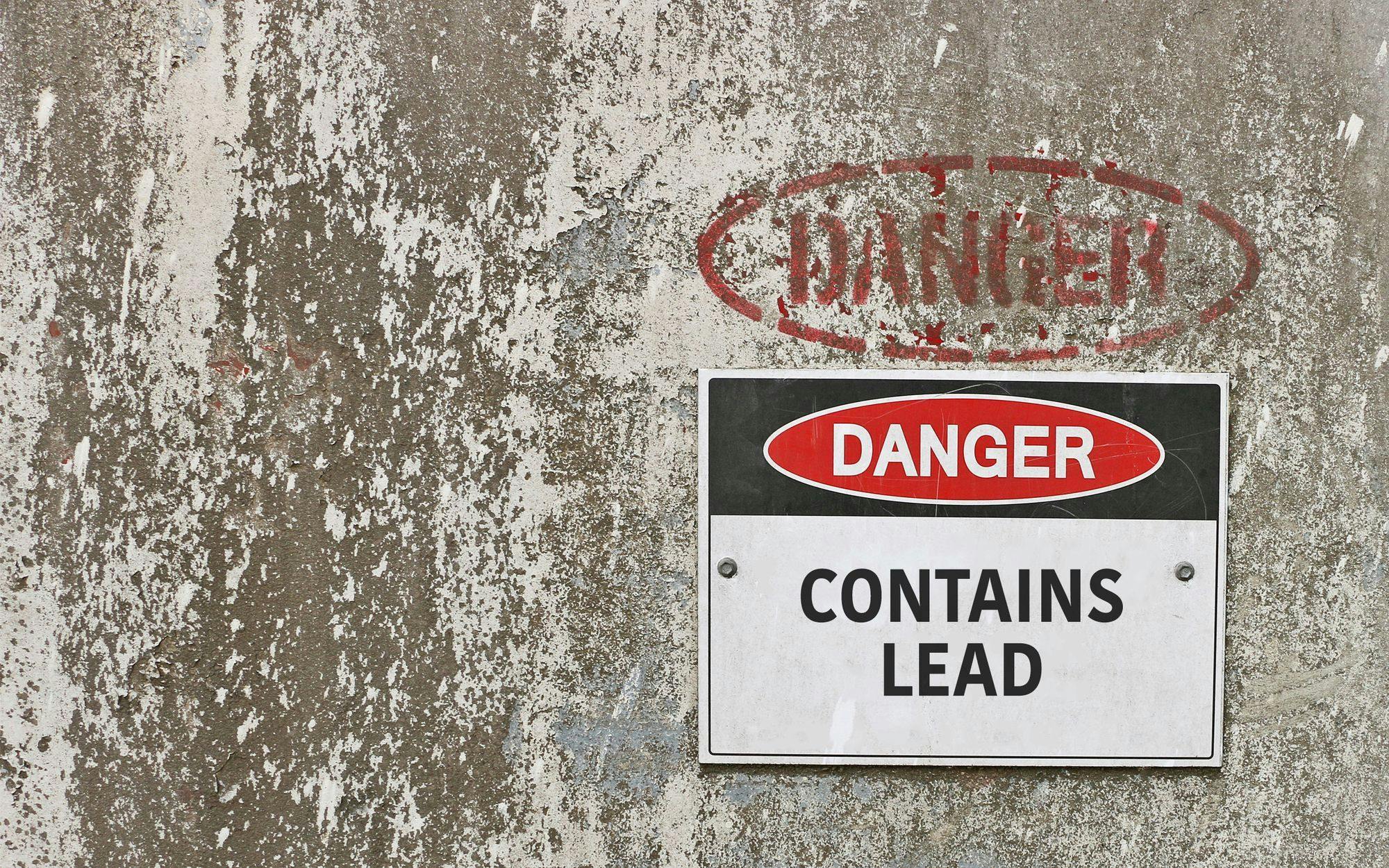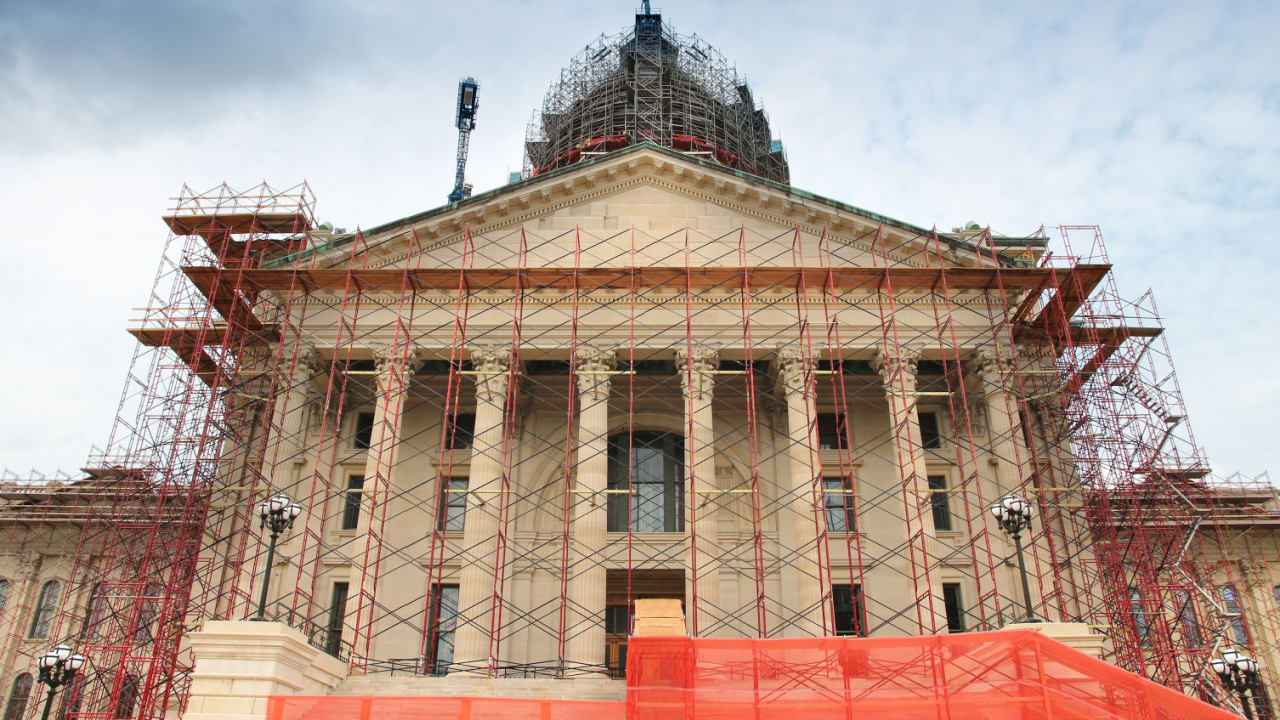
Dust in the Wind: The Threat of Airborne Lead From Construction Sites
Of the many laws that surround the construction industry, one of the most problematic is not codified anywhere. It is the law of “Unintended Consequences.”
As the U.S. economy steams forward, urban renewal and construction are at the forefront of that recovery. Unfortunately, when old and dormant areas of cities and suburbs are demolished and cleared to make way for new projects, they often spread toxic contaminants contained within those old structures and existing soil. Chief among those hazards is lead. Thus, the noble objective of replacing blighted structures or fallow fields with new buildings can instead result in exposing surrounding neighborhoods to lead dust. Contractors should be aware of the growing threat and ways to minimize the liability exposure to construction companies and others.
Lead poisoning in humans is difficult to identify with regard to its origin, but in cities like Detroit, Chicago and New York, the rates of lead found in children is rising after several years of decline. Some studies link these elevated rates to demolition of old buildings in densely packed neighborhoods of these large urban areas. The culprit is often the lead paint that was widely used in the U.S. until the late 1970s. When older homes are demolished, the resulting dust may be distributed as far as 600 feet from the jobsite. Critics charge that “blight removal” programs funded by the federal government and several states are actually encouraging these aggressive demolition projects and the resulting contamination, but have failed to put in place proper safeguards.
In Portland, Ore., residents are so concerned about lead dust from construction sites that proposed legislation is working through Oregon’s statehouse to address perceived “loopholes” in demolition protocols. Specifically, while most state and federal regulations have procedures for remodeling older dwellings, there are no such regulations addressing the total demolition of existing sites. Thus, if one wanted to repaint an older home or replace the windows it could trigger federal lead exposure requirements, but demolishing that same home does not.
The same is not true for asbestos, which has strict protocols for total demolition projects in nearly every jurisdiction. Even if contractors followed the specific requirements of most cities perfectly, some studies suggest methods would still cause lead dust to spread from the site. Stated differently, it’s not that municipalities and their contractors are failing to do things “by the book” with regard to lead dust, there simply is no book to follow.
Despite the lack of guidance, the problem of lead dust from demolitions is well known. A 2008 study by the National Center for Healthy Housing, in conjunction with the University of Illinois and the Chicago Department of Public Health, noted that nationally there exists 7.4 billion square feet of interior surface and 29.2 billion square feet of exterior surface coated with lead paint in the U.S. They also point out that while standards have been developed for lead with regard to interior settled dust and bare soil, no standard exists for exterior settled lead dust. Further, that study raised alarms about demolition dust contributing to other diseases besides lead poisoning, such as asthma. Nearly all studies conclude that that the most vulnerable populations are those of poor children whose cumulative exposure to trace amounts of dust over many years, coupled with limited access to health care and screening, make them highly susceptible to long-term problems. Field studies of construction exposure to lead dust in St. Louis conducted by Missouri’s Childhood Lead Poisoning Prevention Program, as well as general studies by the Centers for Disease Control, confirm that the problem is nationwide.
Compounding the problem is that existing building structures are not the only issue. Once the site is cleared, deposits of lead and other chemicals can remain in the soil for years. Many contractors will leave the soil bare but even if grass seed is distributed in an effort to hold the soil, it can take weeks for it to grow. In the meantime, wind can spread the open soil. Alternatively, dust can also be created when the contaminated ground is disturbed as part of preparation of the site for new construction. This can require a complete replacement of the existing soil at great expense and further require testing of that soil far into the future.
These issues are vexing for both municipalities and their subcontractors. Most cities employ private subcontractors to complete demolition work of existing structures. In situations where no protocols exist it is likely that federal, state or local authorities will look to the demolition or construction contractor as the “expert” in taking down the building and preparing the site for future development. Not only does this place a heavy burden on the contractor, it can add significantly to the bid price of the job and is a variable that can be difficult to calculate in terms of cost if the contractor is left to determine what precautions to put in place.
Most demolition contractors are loath to complicate the basic demolition process. Generally speaking, most demolitions are conducted “dry.” That is, the contracting company appears with an excavator or wrecking ball and smashes the structure to pieces and carries away the rubble. This method is fairly quick and straightforward. A more expensive and time consuming method is commonly referred to as “wet-wet” demolition and involves spraying down the home or structure both before and during operations to minimize the spread of dust.
Possibly more problematic for contractors is the situation where they are actually given a protocol to follow. If and when litigation over lead dust ensues, the municipality will point to the protocol as a safe harbor and argue that any harm that occurred must have been because the contractor failed to follow that protocol to the letter, no matter how onerous it might be.
Take for instance the “Baltimore Protocol” developed by researchers at Johns Hopkins for use in demolitions of more than 500 homes in East Baltimore. This protocol requires sheathing each home in plastic and keeping it wet with up to four separate hoses throughout the entire demolition. Despite being authored in 2004, not a single other American city has adopted it even though it can reduce the spread of dust to a radius of 60 feet. The procedures are simply too costly and slow, especially in a city like Detroit with an anticipated 30,000 to 40,000 homes still slated to be torn down.
Instead, a few hybrid protocols have been developed around the nation in an attempt to fit the size and scope of individual projects. Even so, pitfalls await contractors beyond the actual demolition itself. For example, most existing protocols require that residents in surrounding areas be notified of pending demolition and the potential hazard of lead dust. However, the method and specifics of those warnings are not uniform. Most dictate that door hangers with information be placed on homes nearby but the radius and the amount of information included vary widely. Reasonable minds could differ whether the information on such a warning is too vague to properly convey the risk or so detailed it causes needless panic.
For the private contractor taking on the demolition of older structures it would seem that an ounce of prevention is worth a pound of cure. An unscientific survey of the various lead dust protocols suggests that if no local or state protocols are in place for a particular project, cautious contractors would do well to follow a few particular steps. First, warnings in the form of door hangers or posted fliers should be given to surrounding neighborhoods of the pending demolition well beyond the bounds of how far dust could travel. Second, a “wet – wet” method should be employed during demolition if encasing the structure in plastic is not feasible. Third, debris should be hauled away from the site as quickly as possible. Finally, remaining open ground should be covered with straw or other organic material to keep down dust until new construction takes place or grass can grow to contain the soil. Regardless of the precautions taken, it would also seem prudent to have any informal protocol reviewed by a qualified industrial hygienist or other appropriate expert.
Failure to employ some type of precaution program needlessly exposes both governments and contractors to lawsuits, both civil and criminal. Such suits are on the rise and many focus on the lack of dust containment protocols or the failure to follow them. With science able now to detect lead in humans with increasing detail, and the thresholds of what is a “safe” amount of lead in the body constantly changing, it is likely such suits will continue to proliferate while national urban renewal and infrastructure projects continue to grow in size and scope.
Related stories








